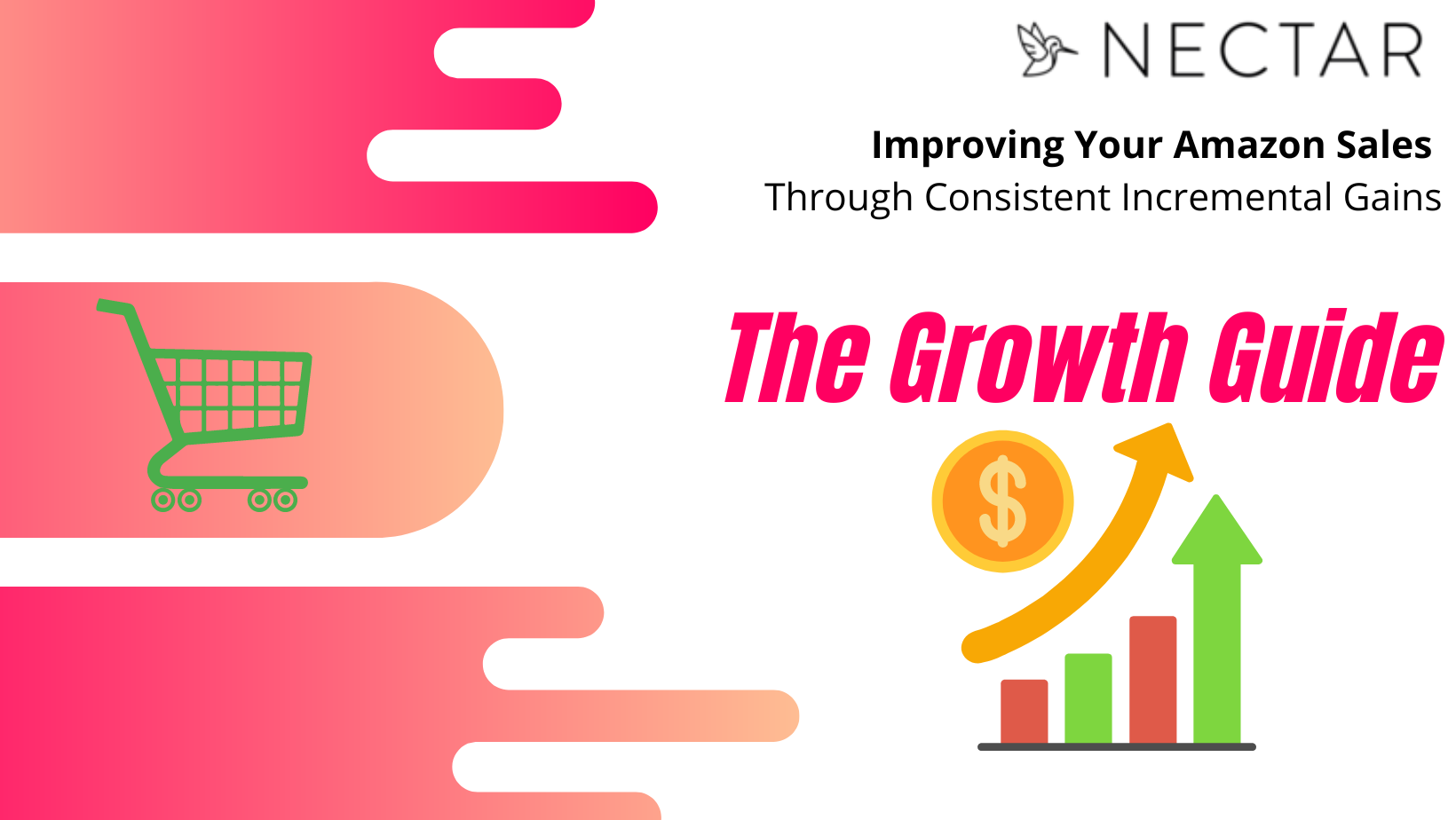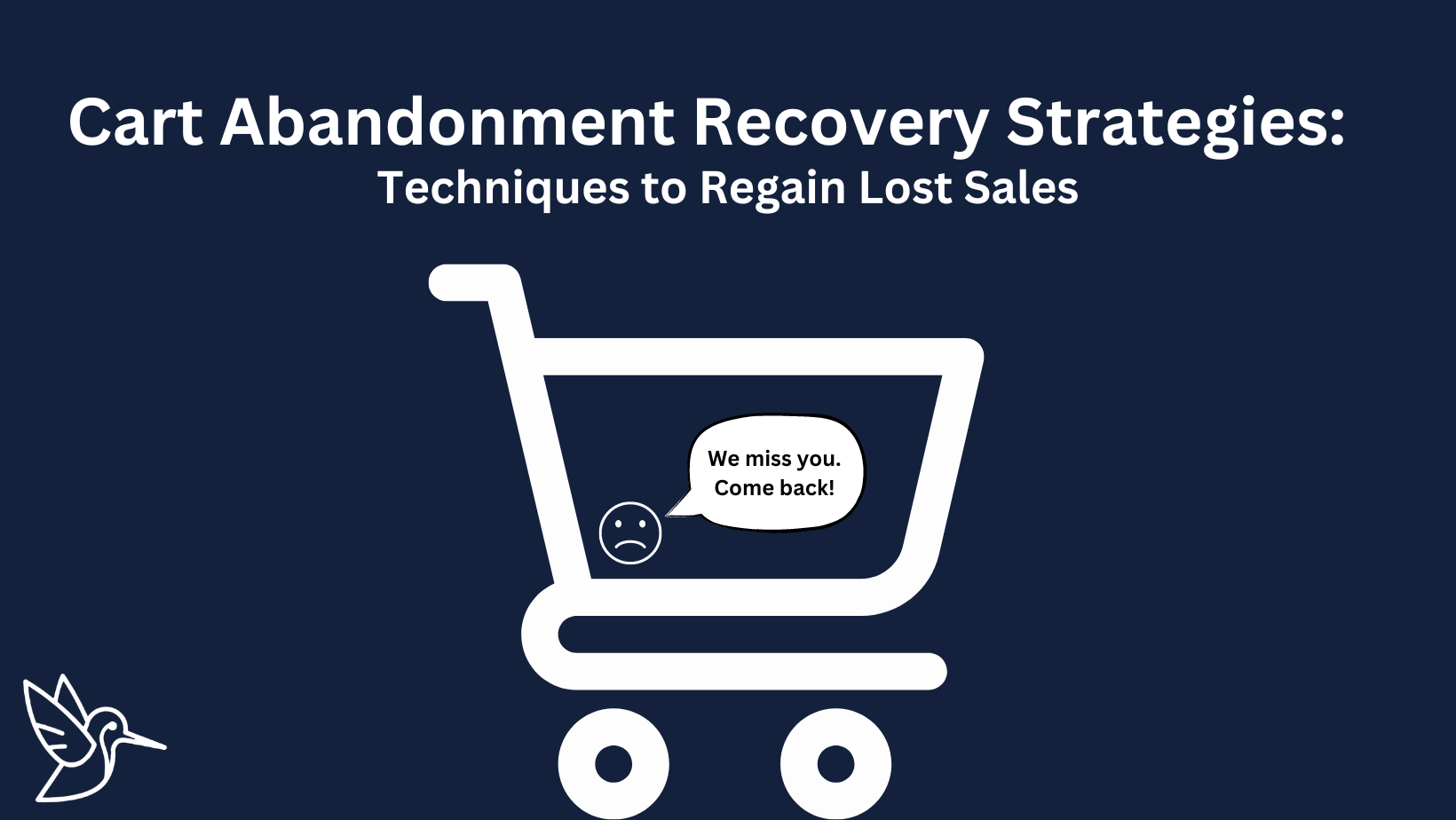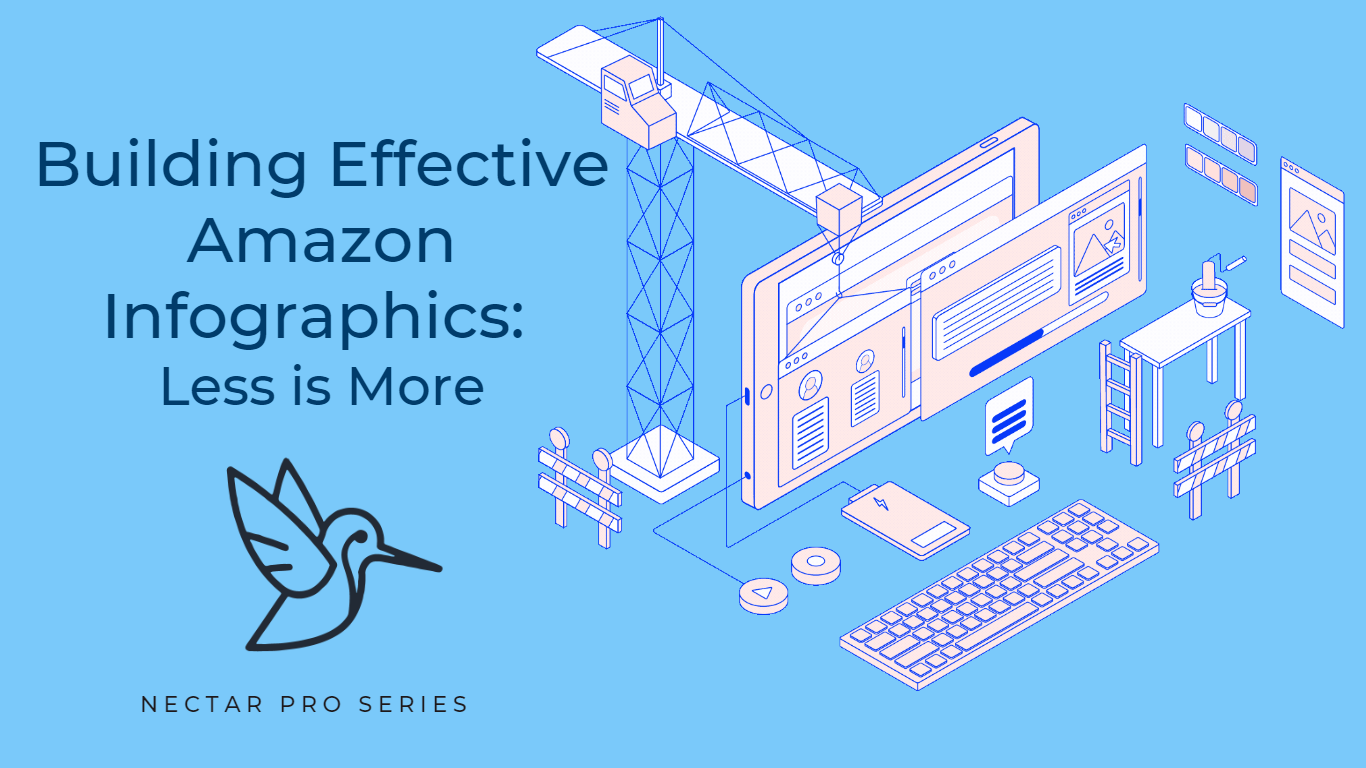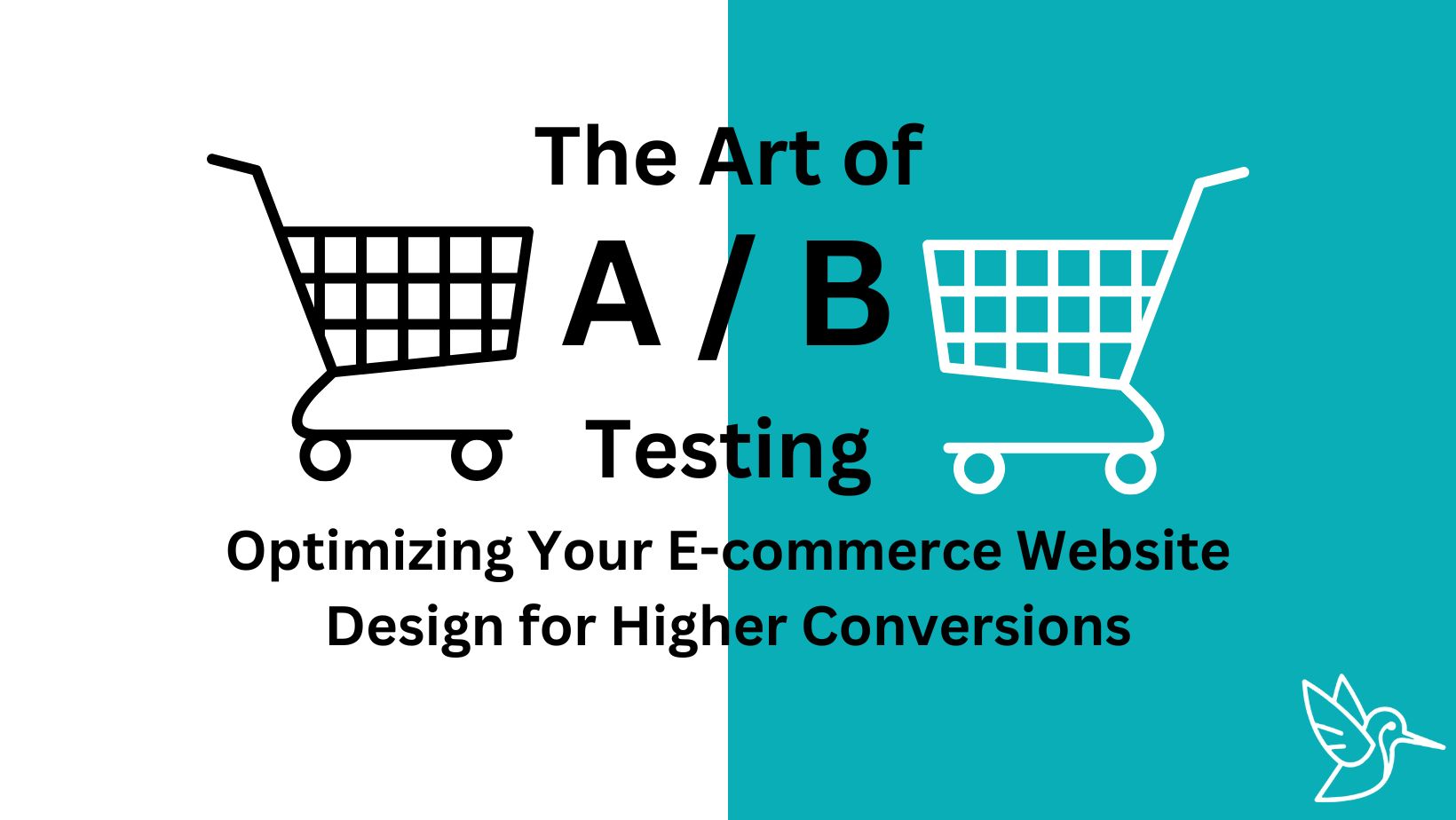As an e-commerce brand with hundreds or even thousands of ASINs, it can be overwhelming to figure out how to balance and prioritize catalog work, content, strategy, ad management, inventory forecasting, and more. Many brands get stuck in the planning phase and don't do more than the necessities, leading to stagnation and missed opportunities for growth.
Even established brands can struggle with catalog management and try to make large sweeping changes across their entire catalog instead of targeting more specific issues. At Nectar, we've seen this problem many times before and have found a solution that works — prioritization. We split products into three tiers based on their potential for growth and revenue:
Tier 1
Best sellers or products with the most potential for immediate growth.
Tier 2
Products that have some traction or potential but need more work (content, reviews, etc.) to become revenue drivers like Tier 1 products.
Tier 3
Products that are unlikely to drive revenue in the short or medium term.
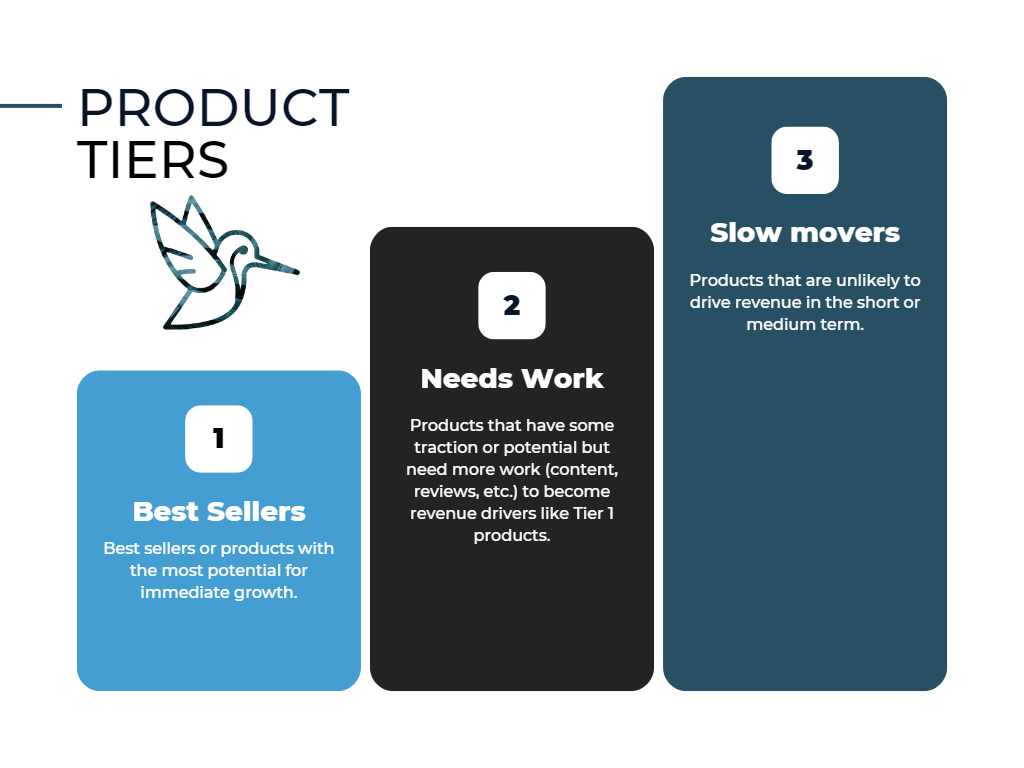
By prioritizing content work based on product tiers for rolling three-month periods, we're able to set goals for each tier with our client partners and devise a strategy to reach those goals. This includes a content strategy as well as ads, organic rank, and more.
At the end of each three-month period, we audit our performance against our goals for the prior period. This provides mutual accountability with our client partners and identifies what went well and what we can improve.
Here’s a six-step process to effectively manage larger catalogs
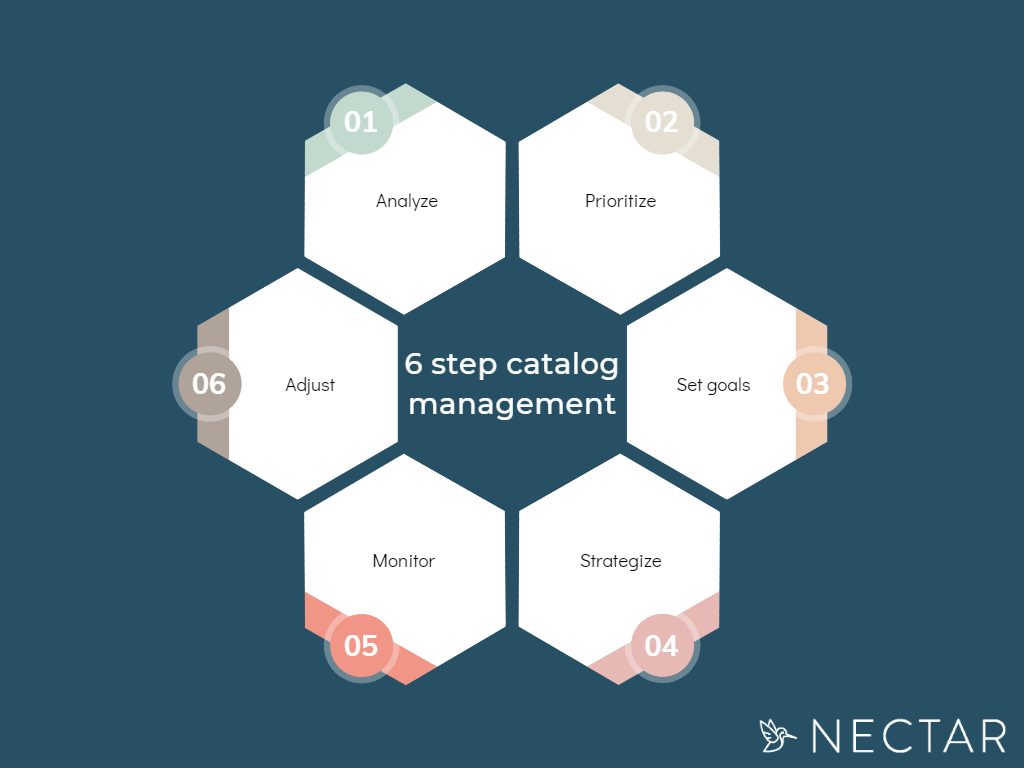
- Analyze your catalog: Start by analyzing your catalog and identifying your best-selling products, as well as products that have the potential for growth but need more work. Separate them into the previously defined tiers.
- Prioritize content work: Prioritize content work based on product tiers for rolling three-month periods.
- Set goals: Set specific and measurable goals for each product tier, including revenue, traffic, conversion rates, and more.
- Devise a strategy: Devise a strategy for prioritized items to reach your goals, including a content strategy, ad management, organic rank, and more.
- Monitor your progress: Monitor your progress regularly, measuring your performance against your goals for the previous period.
- Adjust your strategy: Based on your performance, at defined intervals, adjust your strategy as needed to improve results and achieve your goals. Make sure to think long term and after enough iterations, start at step 1 again.
Prioritization and accountability are key to success when dealing with large catalogs of ASINs. Without them, it's easy to get overwhelmed and stuck in the planning phase and try to bite off more than you can chew. At Nectar, we invest in systems and processes to help our client partners grow profitably and achieve their goals.
If you're an established vendor or seller struggling to scale and prioritize, don't hesitate to reach out to us at Nectar. We'd love to help you grow your business and achieve your vision.








%2520(1).jpeg)
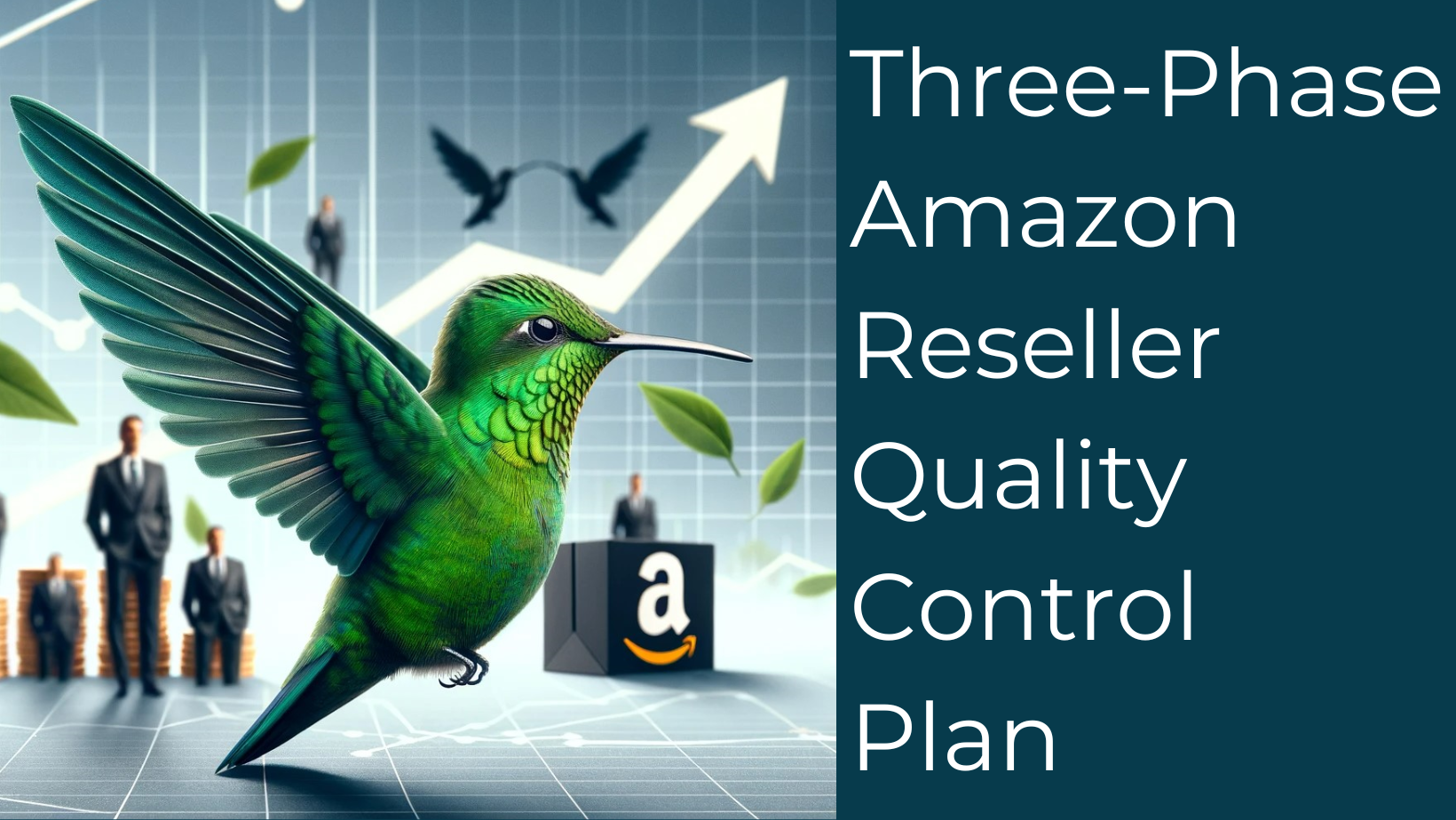





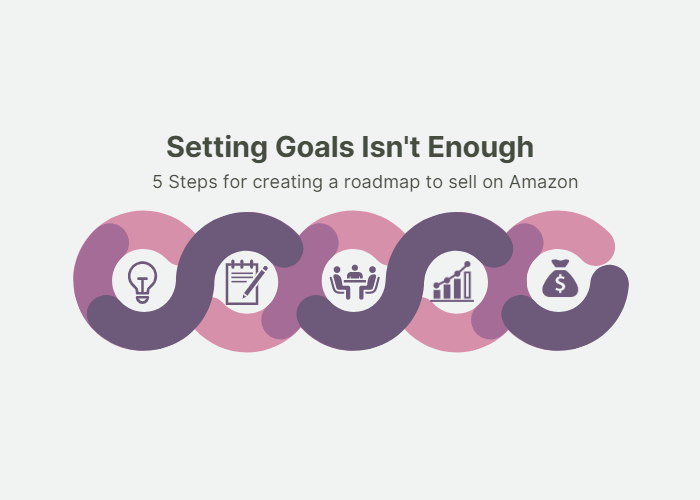


.png)

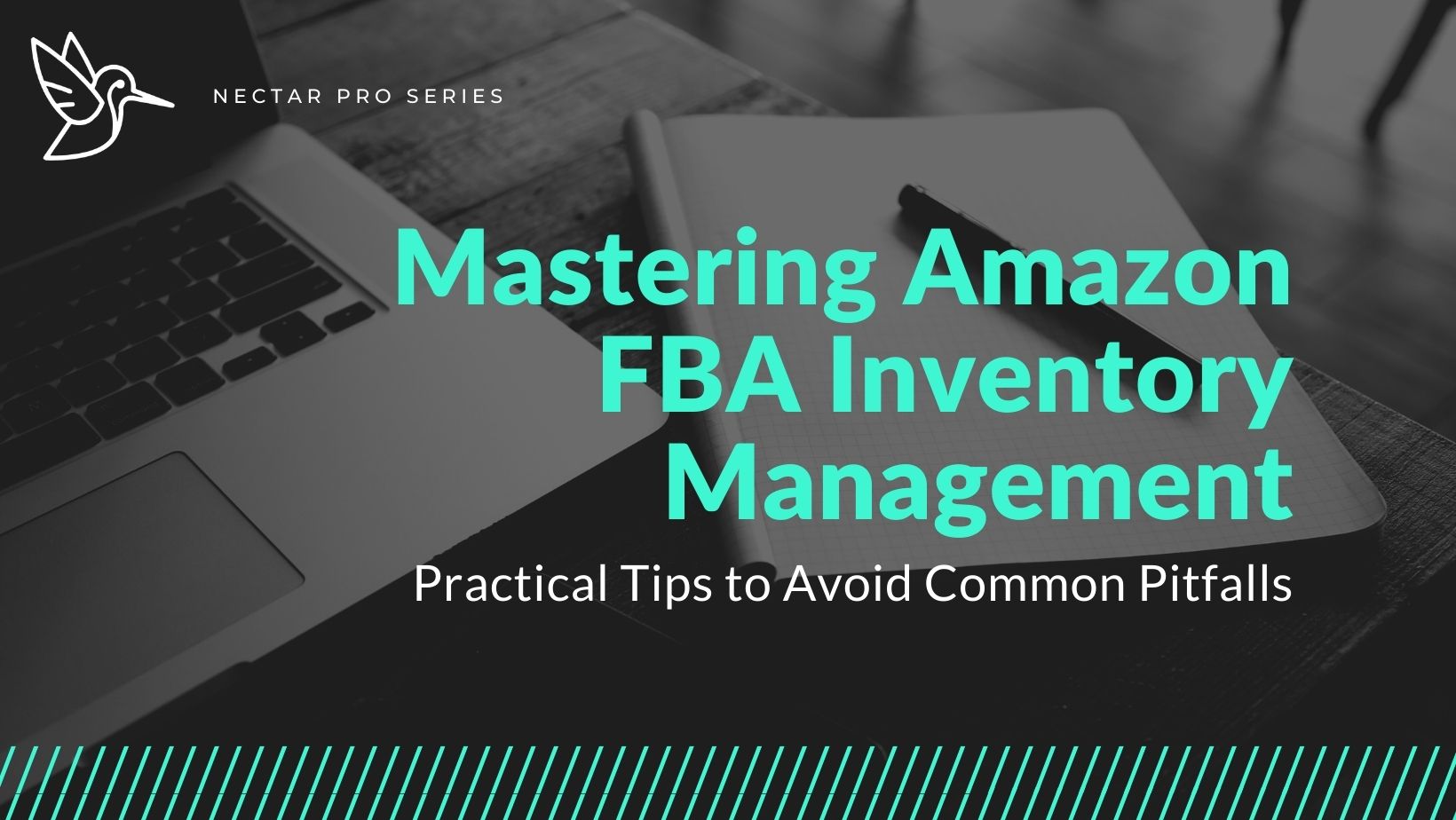




.png)








